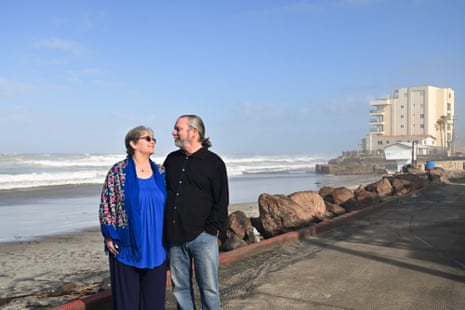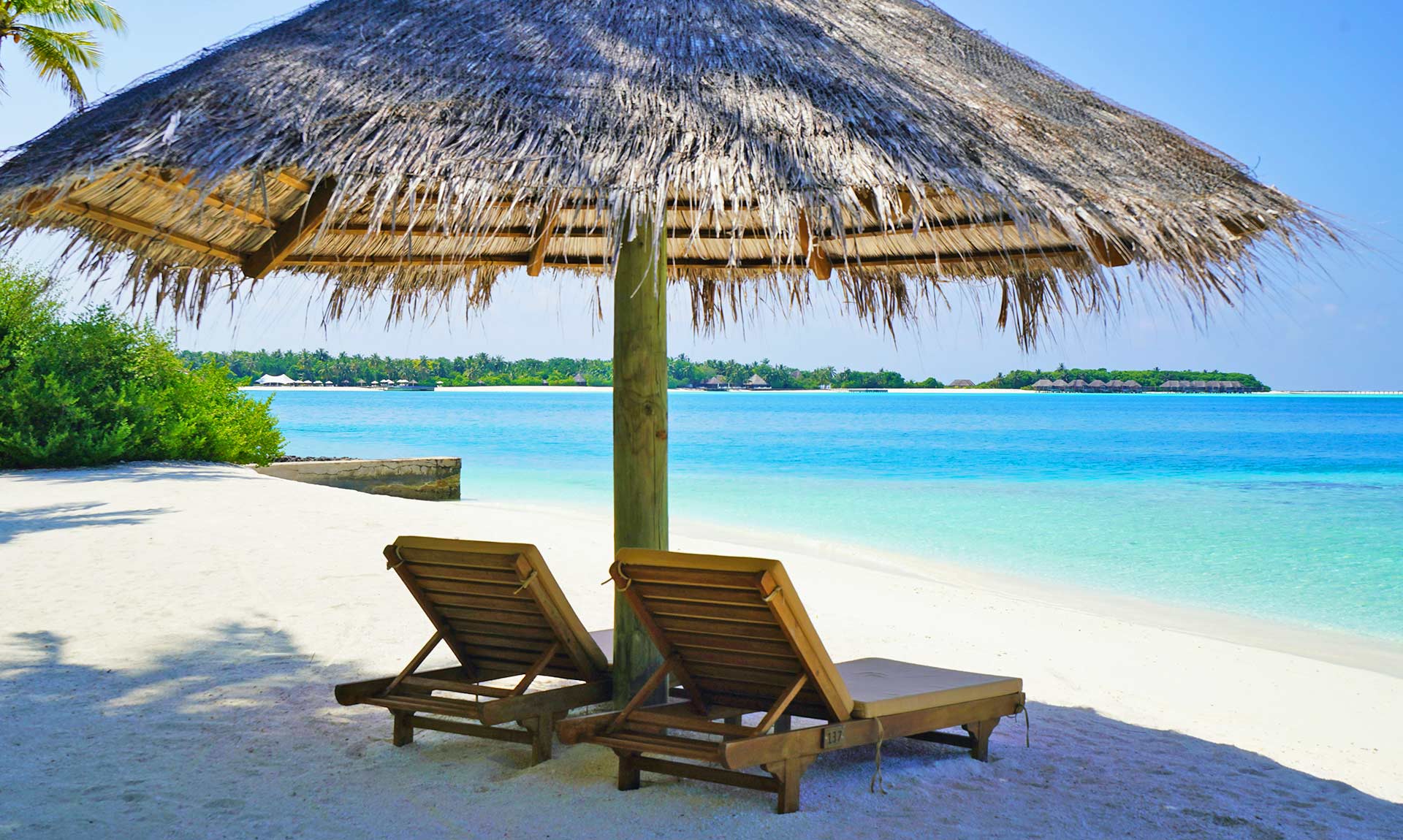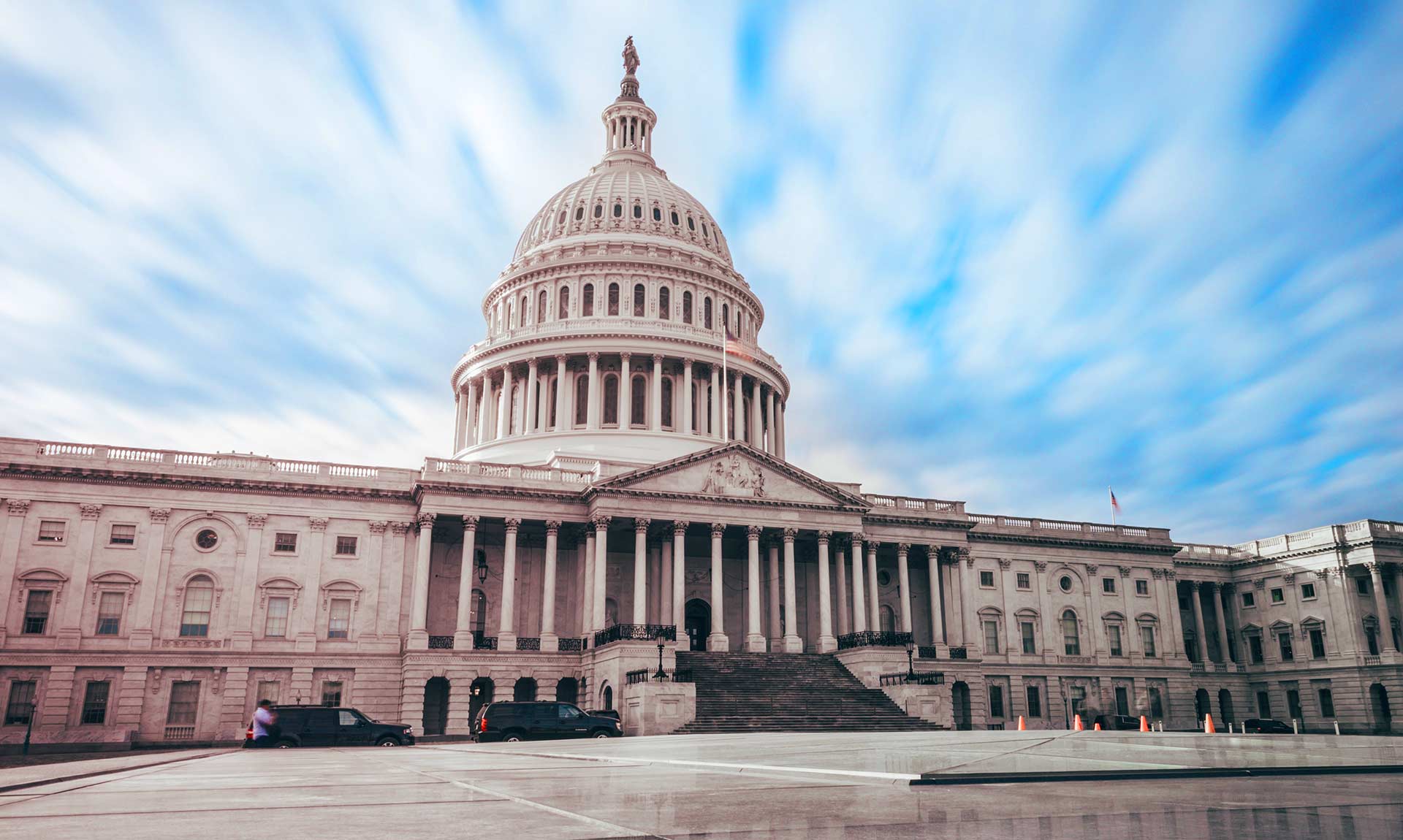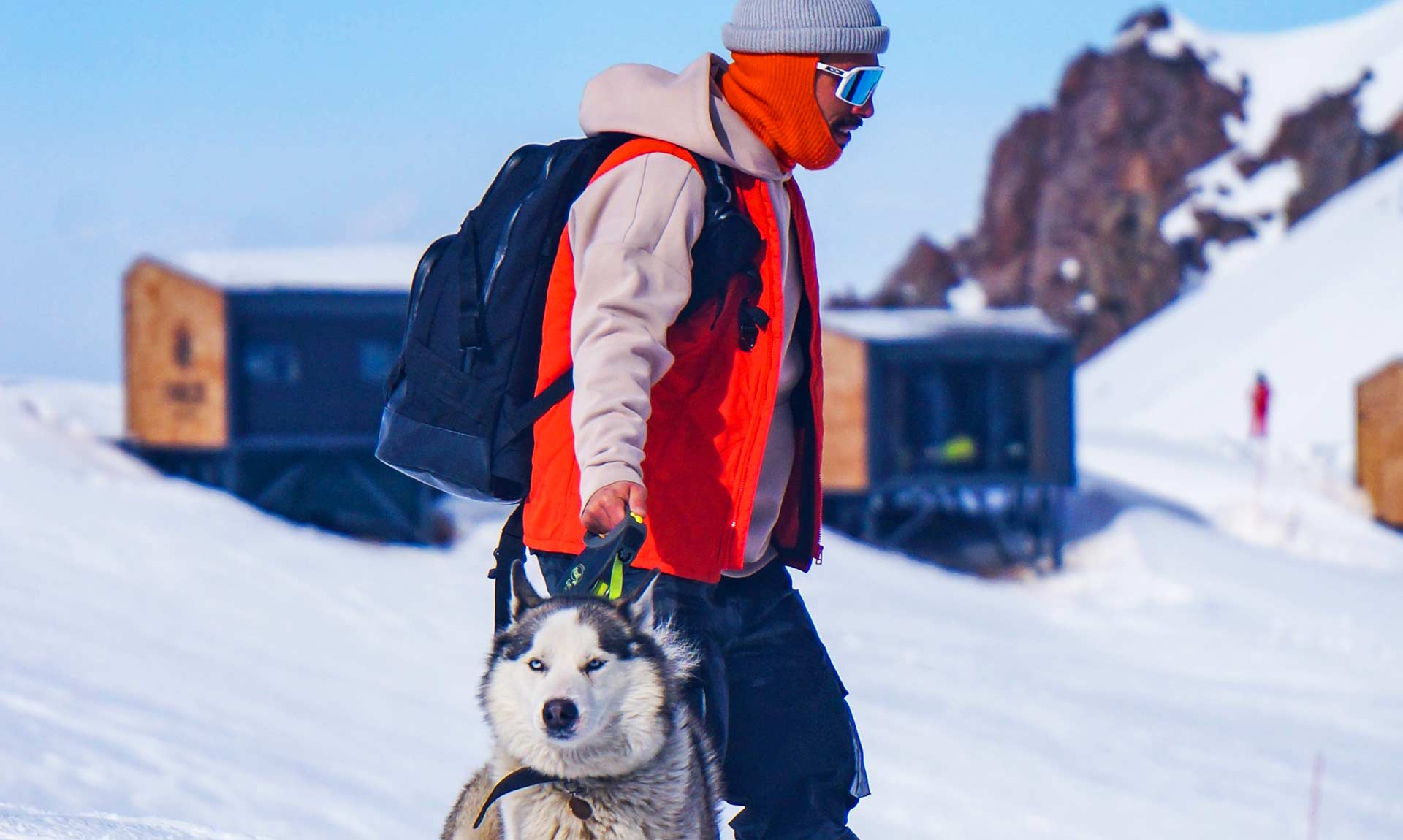Why One Couple Calls Mexico Home>
Why One Couple Calls Mexico Home
Don’t call Jym Varnadore an expat.
Sure, he and his wife, Renee, now live abroad. But they left the United States to find a quality of life that just wasn’t possible for them back home. Now, the sparkling blue waters of Rosarito Beach feel more like home every day.
Their condo is perfect for two. It’s cozy but still has luxuries, like a giant jacuzzi tub. Plus, their balcony offers an ocean view that would cost millions in the US. But here? It’s their everyday view.
“We are immigrants. And calling us anything else just doesn’t feel right,” Jym said. “When I chose to leave the US, I did it knowing full well what that word meant. I am an immigrant.”
While living in Mexico was a choice, leaving San Diego wasn’t. Jym was juggling bills when he checked his 401(k) and social security. The numbers didn’t add up. After retirement, they’d have to choose between buying groceries or paying the mortgage—not both.
This realization hit during the 2016 presidential election, which had been troubling Jym anyway. But the first question he asked Renee was about finances.
They had two options: stay in San Diego and drastically cut their standard of living, or leave the city Renee had known most of her life.
“We’re gonna move,” Renee said, not missing a beat.
They searched across the US—Oregon, Northern California, Seattle. They even considered Hawaii but found it just as expensive as San Diego. One day, Renee was feeling down. The only affordable places had bad weather, terrible politics, or no culture.
So, they looked south.
San Diego’s cost of living is notoriously high. Housing costs keep climbing, and the city’s typical home value is nearly $1 million. Renters need to make almost three times the city’s minimum wage just to cover the average monthly rent. Homeowners spend a third or more of their income on housing.
This isn’t just a San Diego problem. Nearly half of Americans say affordable housing is a major issue in their communities. Even during the pandemic, single-family home prices soared, turning basic shelter into a luxury.
Growing inequalities are evident everywhere. Families making less than $100,000 often struggle to afford medical care. The middle class is shrinking, and income and wealth inequality in the US are higher than in most developed nations.
These systemic issues hit the aging population hardest. Almost half of US families have no retirement savings, and over 15 million Americans aged 65 or older are economically insecure. Many older Americans, burdened by debts and medical bills, expect to work until they die.
But some, like the Varnadores, refuse to accept this bleak future. They seek security and opportunity elsewhere. Their journey isn’t always easy or romantic, but it can lead to peace and security.
No one visits the Contreras’ house in Baja California, Mexico, without saying “wow.” The view from their deck—right on the Pacific Ocean, deep blue water all around—is breathtaking. It’s paradise.
“We’re lucky. We’re very, very lucky,” Mary Contreras said from her beautifully decorated living room.
Surrounded by such beauty, it’s hard to think of living anywhere else. Mary never thought she and her husband, Chuck, would end up in Mexico full-time. They had roots in the US—Mary was an educator and fourth-generation Californian; Chuck worked for a non-profit providing assistance dogs. They lived in Carlsbad, California, for decades.
Chuck aimed to retire before 60. But on Mary’s salary alone, they couldn’t keep thriving in Carlsbad. “That I can’t continue living there after working my entire life—that’s just wrong,” Mary said.
“I feel blessed to be here,” she added. “I love it here. But sometimes, I get angry…we had a beautiful life in the US. Why couldn’t it continue?”
Renee taught English and drama to middle and high schoolers in California for over a decade. Jym, from a military family, worked in naval intelligence. His love for the ocean made it easy to move to Rosarito Beach. When he saw a floor-to-ceiling glass wall overlooking the ocean in a huge, affordable apartment, he was ready to sign a lease.
“I love it, I live for it. People write songs about this stuff, you know? ‘The sea’s in my veins. My tradition remains.’ It’s true,” Jym said.
For Renee, moving to Rosarito Beach was harder. She didn’t have fond memories of Mexico. But she grew to appreciate Rosarito’s humane approach to homelessness and the community-based organizations doing good work. English-language newspapers like the Gringo Gazette helped her learn about the region.
Once they decided to move, it took two weeks to fix up their San Diego home and another week to get six offers. Renee cried at their garage sale, getting rid of much of their stuff.
But after six months living by the ocean, walking the beach daily, something changed in her. “I started healing, physically, emotionally, and spiritually,” Renee said.
Driving to the San Ysidro border, billboards advertise beachfront properties and luxury condos. “Own the dream in Baja,” says one. “Starting at 347 K,” says another, promising affordable luxury.
The target audience is clear: middle-class Americans, dreading their return to the US, dreaming of a new life in Mexico. The signs offer a new American dream—property ownership, weekends by the sea, and maybe even retirement.
“It’s great to think and talk about it, but doing it is different. You’re actually moving to another country,” said Chuck Contreras. “It’s gonna be tough. It’s gonna be hard. It’s gonna be scary. But most things worth it are hard.”
Northbound migration from Mexico to the US gets a lot of attention. But traffic the other way? Not so much. Yet, Americans have always moved south for a better, cheaper life while staying close to the US.
Throughout history, Americans have fled south for various reasons. Before the Civil War, they escaped slavery. After World War II, veterans sought a “GI paradise.” During the Cold War, political refugees evaded McCarthyism.
Today, Americans move to Mexico for better living at lower costs. Post-pandemic, remote work has drawn younger professionals to Mexico City, sometimes clashing with locals who see them as gentrifiers.
Moving to Mexico means crossing an international line with cultural shocks and legal obligations. The Varnadores and Contrerases followed Mexico’s immigration laws, but it wasn’t easy. Jym described the many administrative hurdles—consular appointments, photos, paperwork, fingerprinting.
Economic thresholds can be tough. Americans moving to Baja for affordable rent might find these requirements unattainable and overstay on tourist visas, much like undocumented immigrants in the US.
Mary Contreras has strong feelings about following immigration rules. “How dare you talk about immigration if you’re not doing what’s required? You don’t have a voice then,” she said.
The Contrerases and Varnadores committed to living legally in Mexico, from following immigration laws to getting local car insurance and healthcare. They’ve even bought funeral home memberships, ensuring they’ll stay in Mexico permanently.
“We want to make this our home,” Mary said. “Truly, our home. We’re not visiting. We’re living here. We want to be part of the community.”
For Día de los Muertos, Jym and Renee set up an altar at home with photos of lost loved ones, marigolds, and candles. It’s a tradition that resonates with them. Some honorees, like Jym’s mother, have been on the altar for a long time. Others, like Renee’s mom, are more recent.
Their pet cat, who crossed the border with them, also has a place of honor. The food they leave out is gone by morning—whether eaten by their living cats or not, they like to think otherwise.
“This holiday makes sense to us,” Jym said. They and the Contrerases embrace Mexican traditions, learn Spanish, and give back to the local community without imposing US norms.
Mary has learned some hard lessons in community work, understanding the importance of working with locals, not for them. It’s about asking what they need, not assuming Americans know best.
Americans in Baja still celebrate their culture from home. For Thanksgiving, the Contrerases decorated with gourds, flowers, and a “thankful” centerpiece. Friends and neighbors joined for Friendsgiving, with Chuck’s famous tacos instead of turkey.
Their home is filled with mantras like “In a world where you can be anything, be kind!” and “gratitude.” But the most meaningful words are on a pillow: “I love this place.”
This is the life Jym and Renee have chosen. A life filled with ocean views, new traditions, and the peace that comes from knowing they made the right move.
latest video
news via inbox
Nulla turp dis cursus. Integer liberos euismod pretium faucibua






















